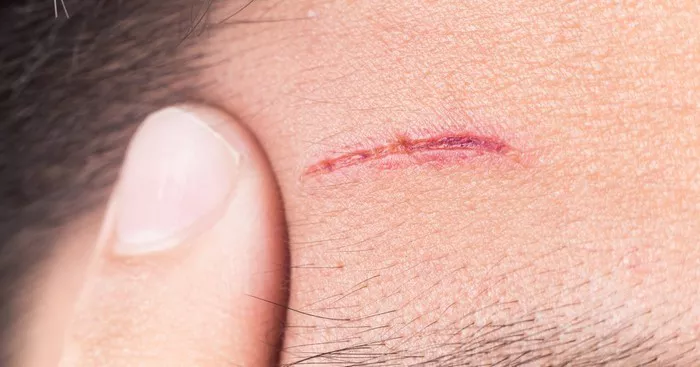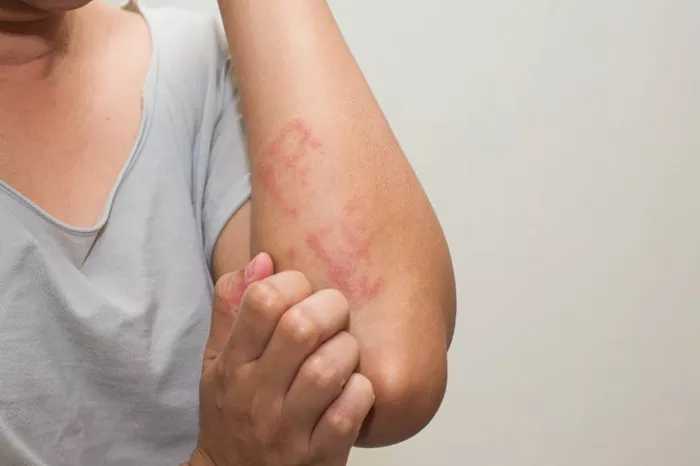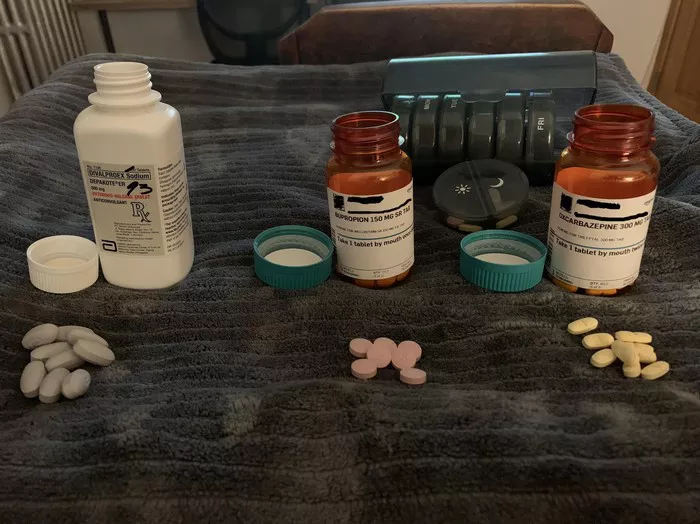Scars are a natural outcome of the body’s healing process, occurring when the dermal layer of the skin is damaged. While they often fade over time, they rarely disappear completely. Understanding why scars remain visible involves exploring the intricacies of skin anatomy, the wound healing process, and the factors that influence scar formation and maturation. This article will delve into these aspects, providing a comprehensive understanding of why scars do not fully heal and what factors influence their permanence.
The Skin’s Structure and the Role It Plays in Healing
The skin, the body’s largest organ, consists of three primary layers: the epidermis (outer layer), the dermis (middle layer), and the hypodermis (subcutaneous tissue). Each layer has specific functions and plays a critical role in healing when damaged.
Understanding Skin Layers:
Epidermis: Acts as a barrier protecting against pathogens and regulates water loss from the body.
Dermis: Contains tough connective tissue, hair follicles, and sweat glands.
Hypodermis: Made of fat and connective tissue, it insulates and provides energy storage.
When an injury penetrates deeply into the dermis or beyond, it disrupts this complex system, leading to the healing and scar formation process.
The Healing Process: Phases of Wound Repair
Wound healing is a dynamic and complex process that can be divided into three main phases: inflammation, proliferation, and maturation. Each stage plays a crucial role in the development of scar tissue.
Phases of Wound Healing:
Inflammatory Phase: This initial phase begins immediately after an injury and lasts for a few days. During this period, the body’s immune system works to prevent infection, and cells called macrophages remove dead tissue and debris.
Proliferative Phase: Lasting from a few days up to several weeks, this phase involves the rebuilding of dermal tissues and the formation of new blood vessels. Fibroblasts, cells that produce collagen, play a vital role here.
Maturation Phase: The longest phase, it can continue for months or years. Collagen is remodeled, and the wound contracts to close and strengthen the area. However, the new tissue, known as scar tissue, has a different texture and quality compared to the original tissue.
Why Scars Remain: Differences in Tissue Quality and Structure
The key reason scars do not fully heal lies in the nature of the tissue that replaces the original skin following an injury. Unlike normal skin tissue, scar tissue has a different structural quality that affects its appearance and function.
Characteristics of Scar Tissue:
Collagen Composition: In normal skin, collagen fibers are arranged in a random basketweave pattern. In scar tissue, these fibers are aligned in a single direction, which can result in a stiffer, less elastic texture.
Lack of Adnexal Structures: Scar tissue lacks hair follicles, sweat glands, and sebaceous glands, which are present in normal skin. This absence contributes to the distinct appearance and texture of scars.
Reduced Blood Supply: Scar tissue often has fewer blood vessels than healthy skin, leading to a paler appearance.
Factors Influencing Scar Formation and Persistence
Several factors can influence how a scar forms and how pronounced it becomes. These include the size and depth of the wound, the age of the individual, their skin type and color, genetic factors, and the location on the body.
Influential Factors in Scar Development:
Age: Younger skin tends to heal faster but may produce more robust scar formations due to more active fibroblasts.
Genetics: Some individuals may be genetically predisposed to certain types of scarring, such as keloids, which are overly aggressive healing responses that lead to large, raised scars.
Location: Wounds on areas of the body where the skin is tight or undergoes regular movement (like joints) often result in more noticeable scars.
Infection: Wounds that become infected generally take longer to heal and may result in larger, more noticeable scars.
Modern Interventions and Treatments for Scar Reduction
While scars cannot be completely eliminated, modern medical interventions can significantly reduce their visibility. These treatments vary in complexity and cost, from simple topical treatments to advanced surgical procedures.
Scar Reduction Treatments:
Topical Treatments: Silicone sheets and gels, corticosteroid creams, and moisturizers can help reduce scar formation by hydrating the skin and reducing inflammation.
Laser Therapy: Laser treatments can improve the color and texture of scars by removing damaged skin layers and stimulating collagen production.
Surgical Revision: In severe cases, surgical scar revision can be employed to remove excessive scar tissue and reposition the incision in a less noticeable pattern.
Conclusion: Understanding and Managing Scars
Scars are a testament to the body’s ability to heal itself, yet they also pose aesthetic and sometimes functional challenges. While complete scar eradication may not be possible, advancements in dermatological treatments offer promising results in scar management.
Understanding the complex processes that govern scar formation helps individuals and medical professionals better address and treat these persistent reminders of injury.
[inline_related_posts title=”You Might Be Interested In” title_align=”left” style=”list” number=”6″ align=”none” ids=”7900,7808,7848″ by=”categories” orderby=”rand” order=”DESC” hide_thumb=”no” thumb_right=”no” views=”no” date=”yes” grid_columns=”2″ post_type=”” tax=””]
































